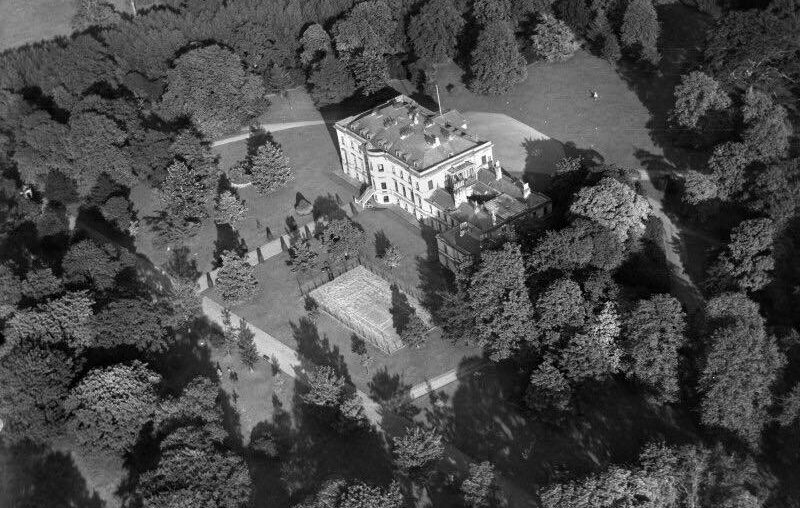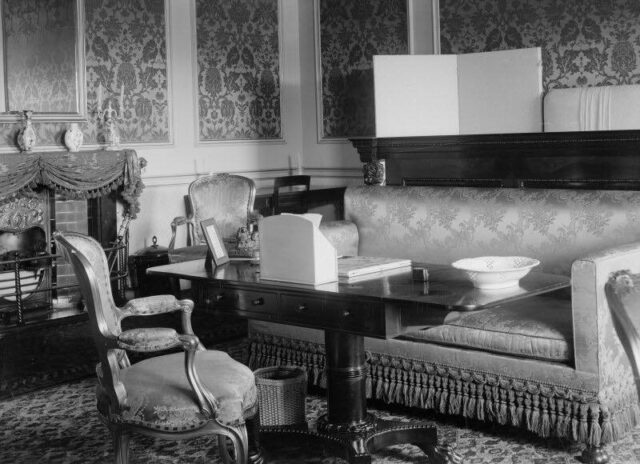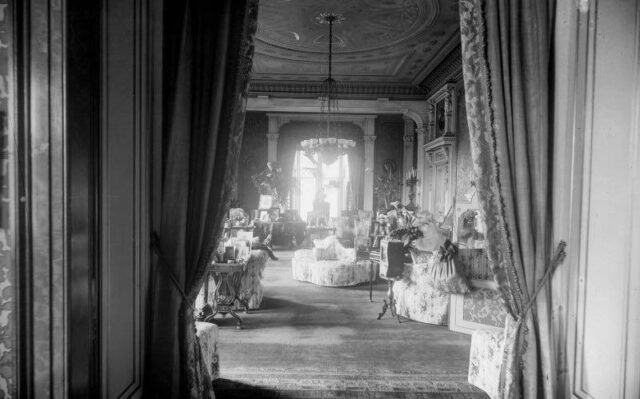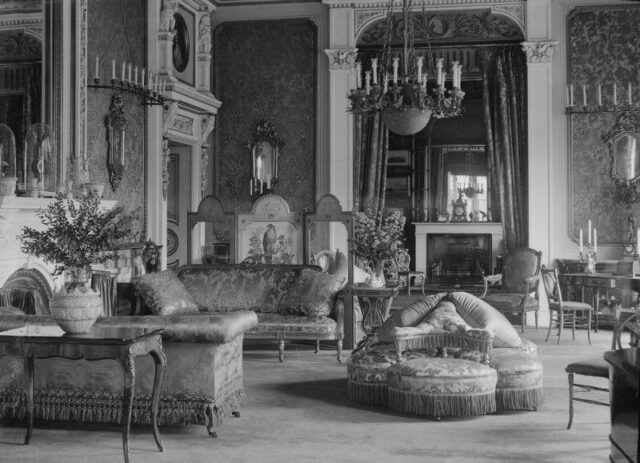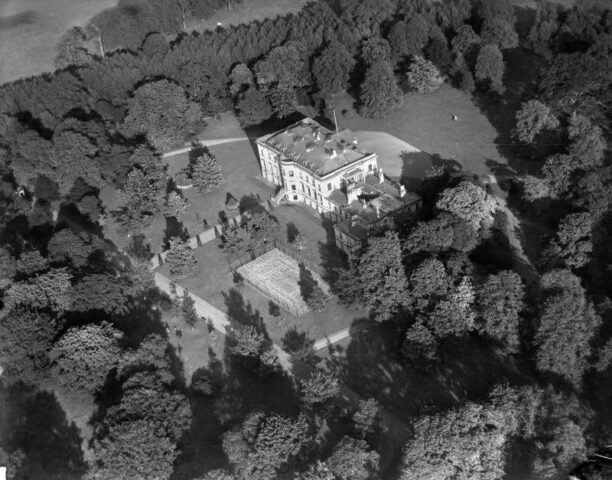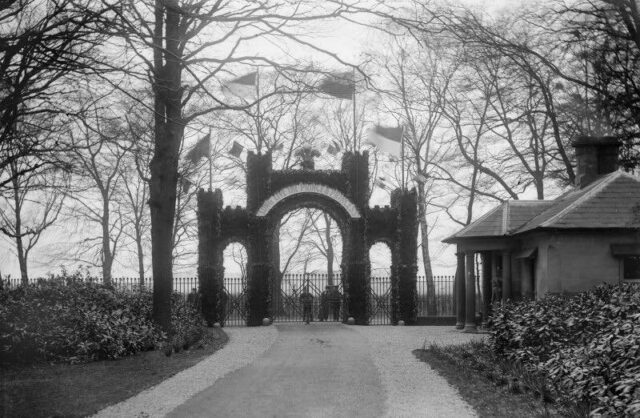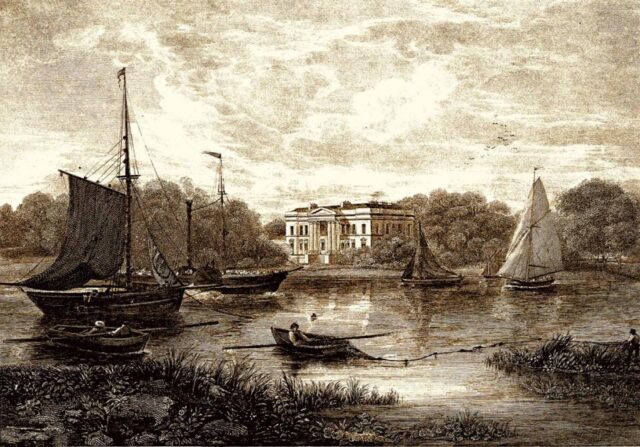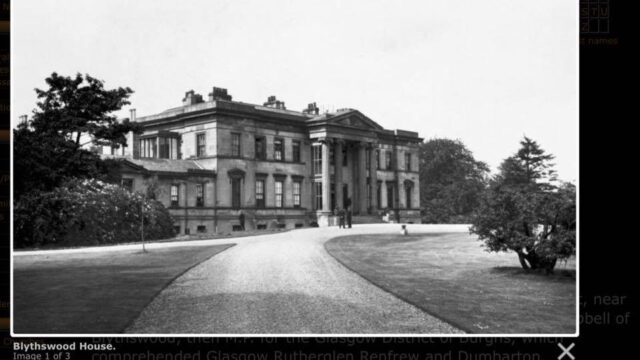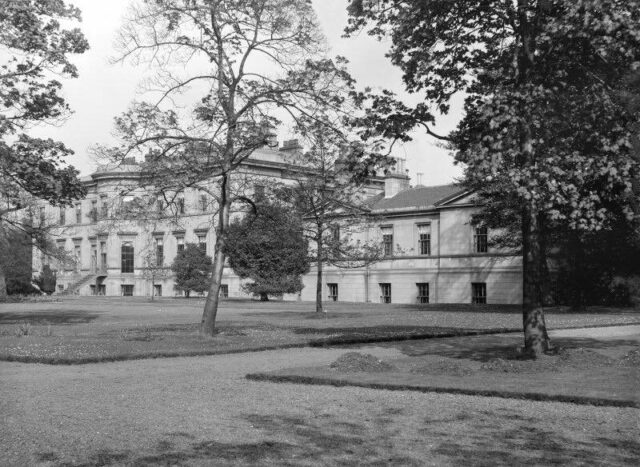Blythswood house once stood in the middle of what is now Renfrew Golf Club
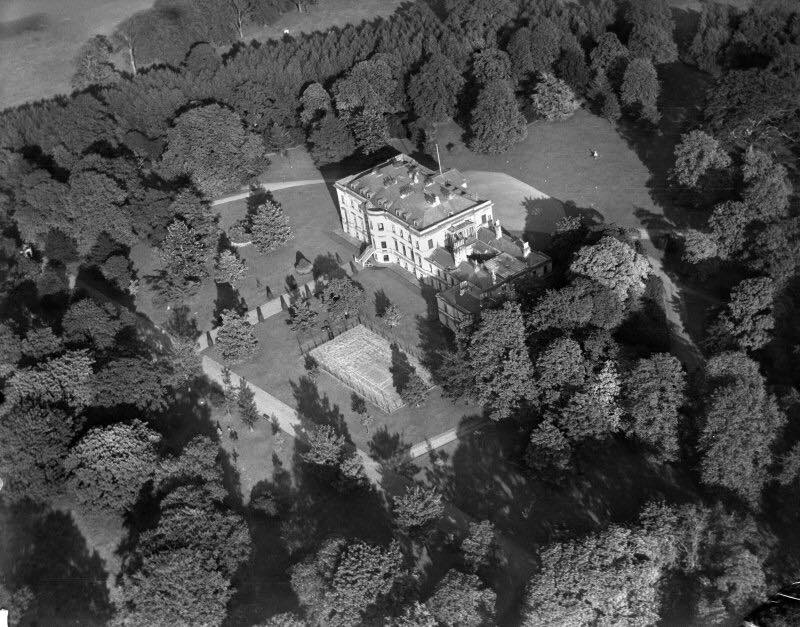
The first course on the Blythswood Estate was opened in 1896 by Lord Blythswood. A 16-hole strictly private course only played by distinguished guests, including royalty.
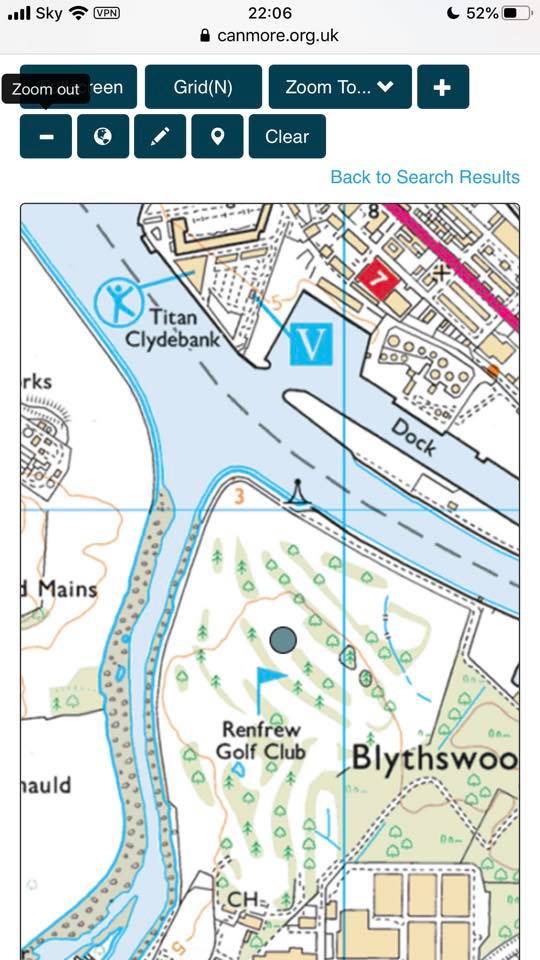
The Club was founded in September 1894.
A 9-hole course was constructed on land leased from local landowners Elderslie Estates. The course was extended to 18-holes in the 1920s with James Braid laying out the new course. There was also a new clubhouse, which opened on the 20th May 1925.
In 1968 enquiries were made by Ravenstone Securities to acquire the land rented by the club from Elderslie Estates. In exchange the club would be offered a new home on Blythswood Estate. A contract was eventually drawn up and signed, and the new course opened on the 29th September 1973.
From the Edinburgh Evening News Tuesday 24th July 1894 – “Renfrew – Suitable ground has been procured within the Elderslie Policies for the formation of a golf course. The club is to bear the name of the Royal Renfrew Golf Club.”
Note; The first course on the Blythswood Estate was opened in 1896 by Lord Blythswood. A 16-hole strictly private course only played by distinguished guests, including royalty.
This wonderful mansion house stood in a beautiful location with views over the water. Queen Victoria stayed here when she opened the Glasgow Exhibition in 1888.
Blythswood House was situated on the right bank of the river Cart, near its junction with the Clyde. It was built in 1821 by Archibald Campbell of Blythswood, then M.P. for the Glasgow District of Burghs, which comprehended Glasgow Rutherglen Renfrew and Dumbarton.
The house contained a well known laboratory which was used from 1892 to 1905 to experiment into many areas at the borders of physics, including the use of cathode rays, X-rays, spectroscopy and radioactivity.
The name of the estate on which the house stands is Ranfield. It was purchased in 1654 by Provost Colin Campbell of Glasgow from Mr. John Hay, parson of Renfrew. There was an ancient mansion on Ranfield, which continued to be the residence of the Campbells of Blythswood till 1821, when the present edifice was built near the site of the old one. Mr. Archibald Campbell then changed the name of the mansion to “Blythswood House,” in commemoration of the valuable estate of that name on which such a large portion of the west part of Glasgow now stands.
It was the same Provost Colin Campbell before alluded to who purchased the lands of Blythswood. This he did about 1670 (sixteen years after acquiring Ranfield), from the creditors of Sir George Elphinstone. They extended to upwards of 470 acres, stretching westward from what are now called Mitchell and West Nile Streets, along the north side of Argyle Street and Dumbarton Road. One of the streets on the Blythswood lands, Renfield Street, is named after the other old estate already mentioned.
The town residence of the Campbells was on the south side of Bridgegate, and continued so down till about 1760. This Bridgegate house was sold in 1803, and in after years became famous as the scene of the labours of a once well known cuisinière.
Blythswood House remained the seat of the Lords Blythswood until its demolition in 1935. Five years later the family title became extinct.


